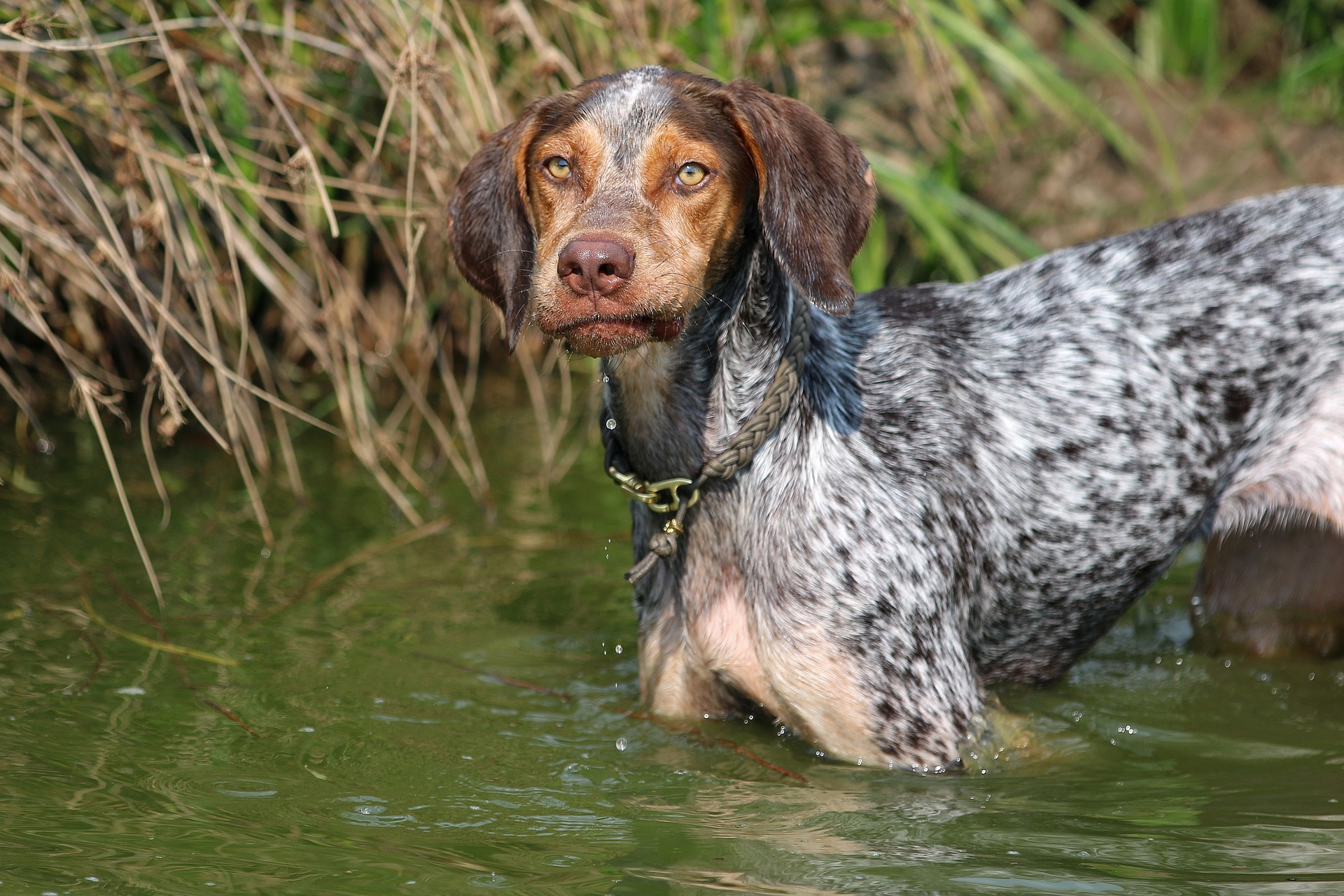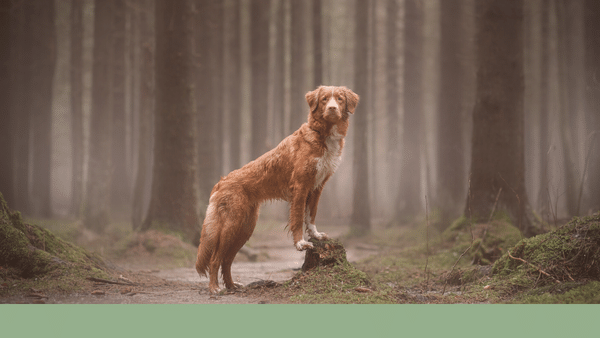Unpacking the Dilemma: Why is punishment a tricky thing in anti-predation training?
Often, dog owners want to simply stop their dog from chasing wildlife and they use tools, such as ecollars, spray collars, a threatening voice, or training discs to startle the dog to stop them from running off. I understand their intention; They want their dog and wildlife to be safe. But, in anti-predation training, using punishment is complex and can have unintended effects that might backfire.
In this exploration, we’ll examine the complexities and potential drawbacks of employing punitive methods when it comes to training your dog.
What is predation actually?
To understand why it’s a little complicated, you need to understand what predation actually is:
Predation is not a single behaviour, it is a chain of behaviours: orientation (sniffing the ground, air-scenting or looking around) – stalking – creeping forward – chasing – grab-biting and kill-biting – dissecting and eating

5 Reasons & Risks
Here are five reasons why I don’t recommend using punishment-based methods to stop your dog from chasing wildlife:
1. Can something be punished that lies in the future?
Dog owners often punish their dog before they take off as they want to prevent this from happening. But you can’t punish something that lies in the future. What you actually punish is your dog standing and staring – and this is actually something that you want to keep and nurture, so that your dog shows it for longer and more often, because then you have time to react and put your dog on a lead.
If you punish a dog for standing and stalking, it will lead to a dog that skips this part of the predatory chain, and then you have a dog that sees something and chases it straight away without hesitation. One single part of the chain has been punished. The dog does not understand that we intended to punish the whole chain.
2. When is the right moment for punishment?
For effective punishment we need to punish behaviour right when it starts. For many dogs, predation starts with orientation in the environment: sniffing, air scenting, looking around. According to learning theory, this is the moment when you need to interrupt predatory behaviour.
Nobody is able to identify predatory sniffing right from the start and distinguish it from social sniffing (pee), or sniffing for a treat that has been dropped accidentally, etc.
3. Punishment is often not sustainable in experienced dogs
Punishment can be very effective in young, inexperienced dogs. In dogs that are experienced in hunting, the punishment will not be sustainable. I’ll have to punish over and over again.
And your dog will learn to sneak off and bypass you – example: Scavenging in street dogs that have years of experience. They’ll get more creative to sneak off and swallow things quickly before the punishment arrives.
4. If you fail to punish, your dog will experience a “double reward”
If your training is based on punishment, the unwanted behaviour has to be punished every single time it appears. If the dog manages to get away with the behaviour without having been punished, there is a double rewarding effect: Your dog will indulge in the self-reinforcing predatory behaviour, and they will feel the satisfaction and thrill of having escaped the punishment.
However, if predatory behaviour is not entirely forbidden for the dog, and instead it may be lived out in a controlled way, you don’t have this effect. If the dog goes hunting, they rehearse unwanted behaviour, which isn’t ideal, but I’m not thrown back in my training because the dog has this feeling of satisfaction because they got away with something.
5. The fallout on your relationship
If you only ever focus on negative behaviour, you will be waiting for the dog to do something wrong so that they can be punished. You are waiting for mistakes to be made and this puts a strain on the relationship you share with your dog and doesn’t set your dog up for success.
It may also be considered as an animal welfare issue to interrupt any form of orientation behaviour as this raises the ethical question of is it fair to punish a dog for their genetic makeup? This will only ever have a negative impact on the relationship you share with them, especially if they see you as the source of the punishment.

What to do?
Instead of punishment-based methods, a more effective approach involves understanding and managing the entire predatory chain in a controlled manner. By allowing dogs to express their natural behaviors within boundaries, you can create a positive learning environment without compromising your relationship with your dog.

Simone Mueller
Founder of Predation Substitute Training™
Eager to explore a punish-free approach but unsure where to begin? Dive into CALL OF THE CHASE, the comprehensive Predation Substitute Training™ Master Course.
Tailored to help you navigate your dog’s natural hunting instincts and nurture a positive relationship with your dog while ensuring (wildlife) safety.

I have an 8 month old kelpie pup that will be taking sheep herding lessons next spring. I’m also starting agility foundations with him now. He has a terrible problem with herding/chasing cars. I’m not sure if addressing it as a predation issue is right for us since I do want him to learn to herd sheep?